August 15, 2024
By Hannah Gauthier, digitization specialist
The Milwaukee Handicraft Project (MHP) emerged during the depths of the Great Depression, fostering creativity and empowerment. Established in 1935 as part of the Works Progress Administration (WPA), a United States government program, the initiative brought together a diverse assembly of budding craftspeople (overwhelmingly women) in Milwaukee, Wisconsin, to collaborate on handmade works of art and design—from rugs and baskets to bookbindings, quilts, costumes, and toys. As part of its significant WPA holdings, the Wolfsonian collection contains a few MHP items, all artifacts of this transformative program and the hope, purpose, and sense of resilience it instilled in a city grappling with severe economic hardship.
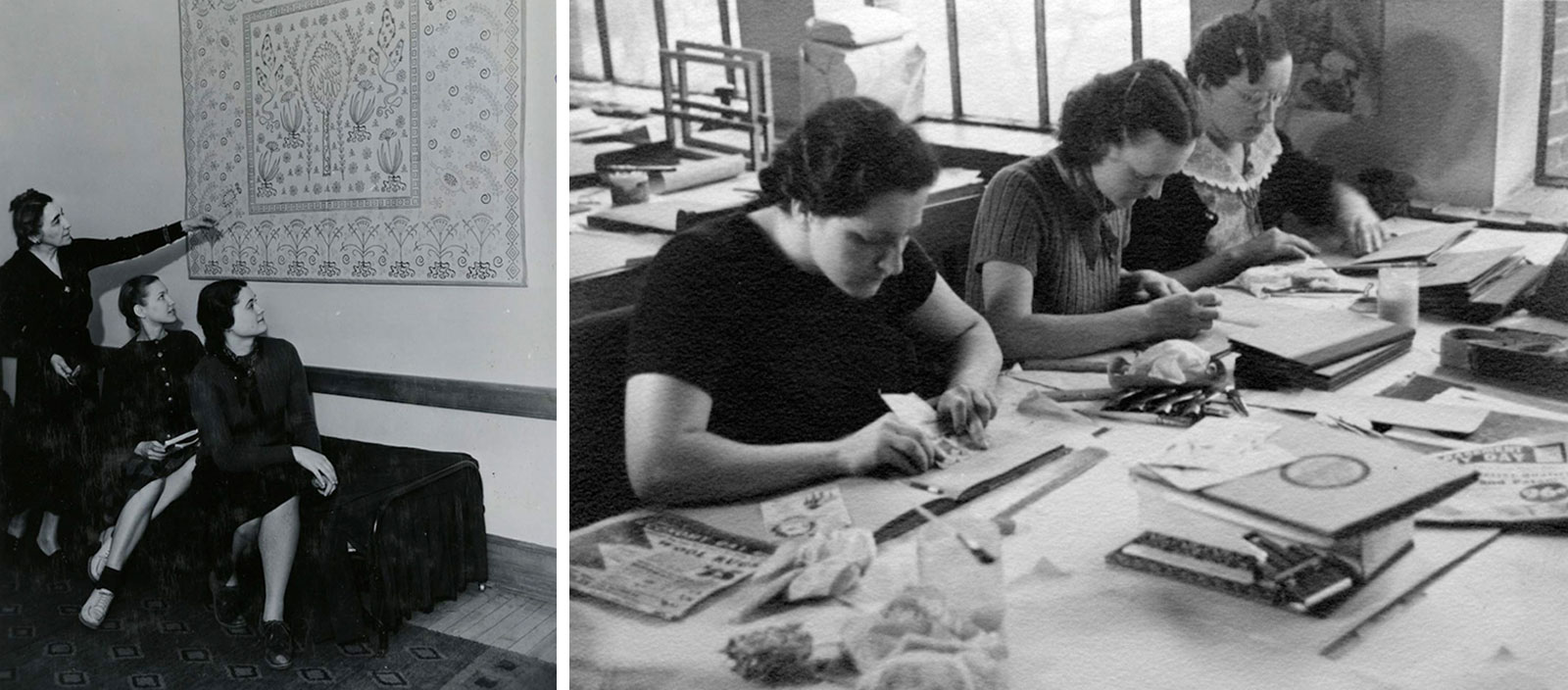
The brainchild of Harriet Clinton, district director of the WPA Women's Division in Milwaukee County, the MHP was conceived to provide an avenue for unskilled women to participate in the workforce. Within the WPA, jobs offered to women (who represented only 12–18% of WPA roles, a stark contrast to 25% in private industry) often came with lower pay and were frequently gender-specific, primarily revolving around sewing, childcare, and various clerical positions. Clinton sought to increase agency by giving women a hands-on opportunity to earn money and contribute to their households and the economy. A fortuitous partnership emerged with Elsa Ulbricht, a member of the arts education faculty at Milwaukee State Teachers College, who proposed a revolutionary approach: rather than confine the women of Milwaukee to wallpaper scrapbooking and other traditionally feminine arts, equip them with the skills to create intricate handicrafts such as toymaking, bookbinding, and furniture making.
"It would have been inexcusable and futile for me, or anyone, to expend valuable time and effort or to dissipate federal money on work which had no educational significance or did not contribute to the cultural development of the individual and the community." – Elsa Ulbricht
Federal work-relief initiatives implemented by the WPA were designed to boost the national economy without encroaching on private industry. To adhere to these guidelines, the MHP directed its sales towards public institutions, including schools and libraries, as well as other publicly funded entities. This approach ensured that the MHP's activities complemented rather than competed with the private sector, providing high-quality, handcrafted goods to public organizations.
Bookbinding and block printing were two significant MHP artistic areas that showcased the project's commitment to preserving traditional crafts. Bookbinding, meticulous and skill-intensive, allowed MHP artisans to create beautifully bound volumes, often with decorative covers and intricate designs. Block printing, on the other hand, offered a unique avenue for MHP artists to produce visually captivating prints and illustrations by reproducing images from carved designs on wooden or linoleum blocks, creating multiples that helped make art accessible to a broader audience. A textile depicting a pair of lovers is one Wolfsonian collection example of block printing, with the lovers in question shown wearing traditional folk dress, a common MHP motif alongside nature and literary references.
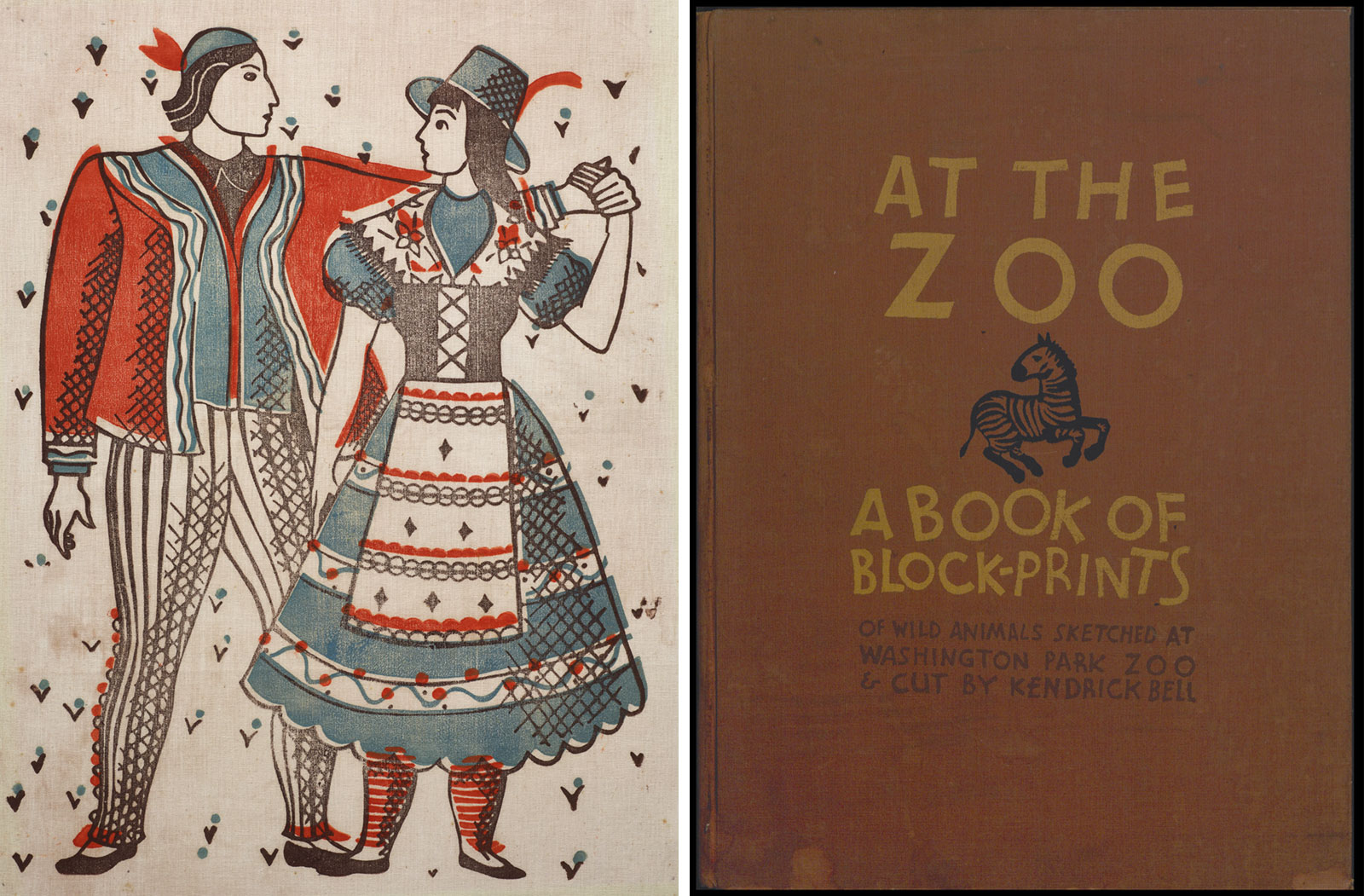
A noteworthy work in the Wolfsonian collection, Kendrick Bell's At the Zoo, exemplifies the art of both bookbinding and block printing. The volume comprises a compilation of prints depicting various animals from Milwaukee's old Washington Park Zoo (active 1892–1958): crocodile, giraffe, polar bear, ostrich, and beyond. The book's contents are striking, featuring block-printed images that bring the zoo animals to life with stark, simple lines, bold color, and occasional humor. Accompanying these images are poems capturing the essence and personality of each animal, blending art and poetry. This combination of block printing and poetic expression within a beautifully bound volume makes At the Zoo a visual and literary treasure.
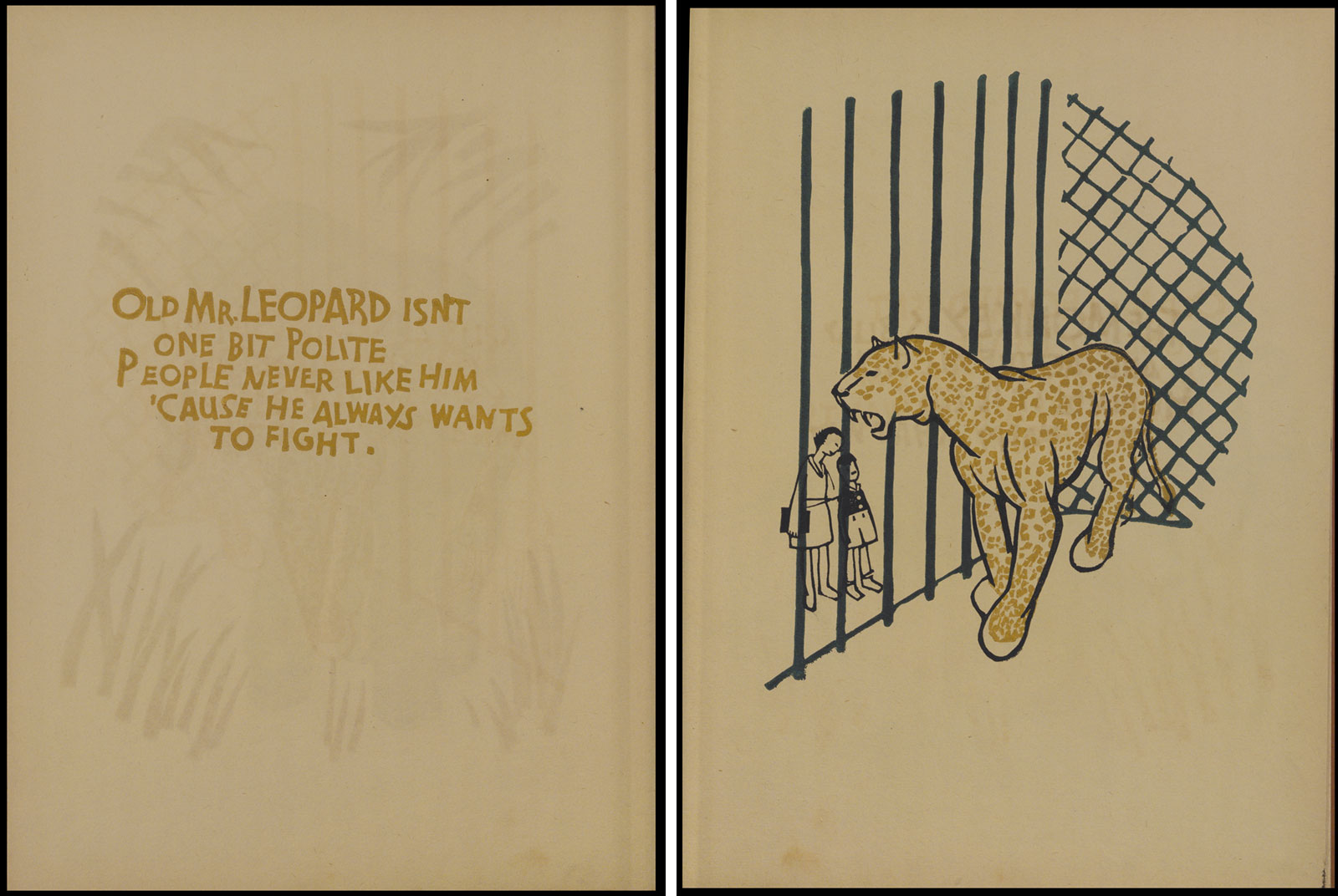
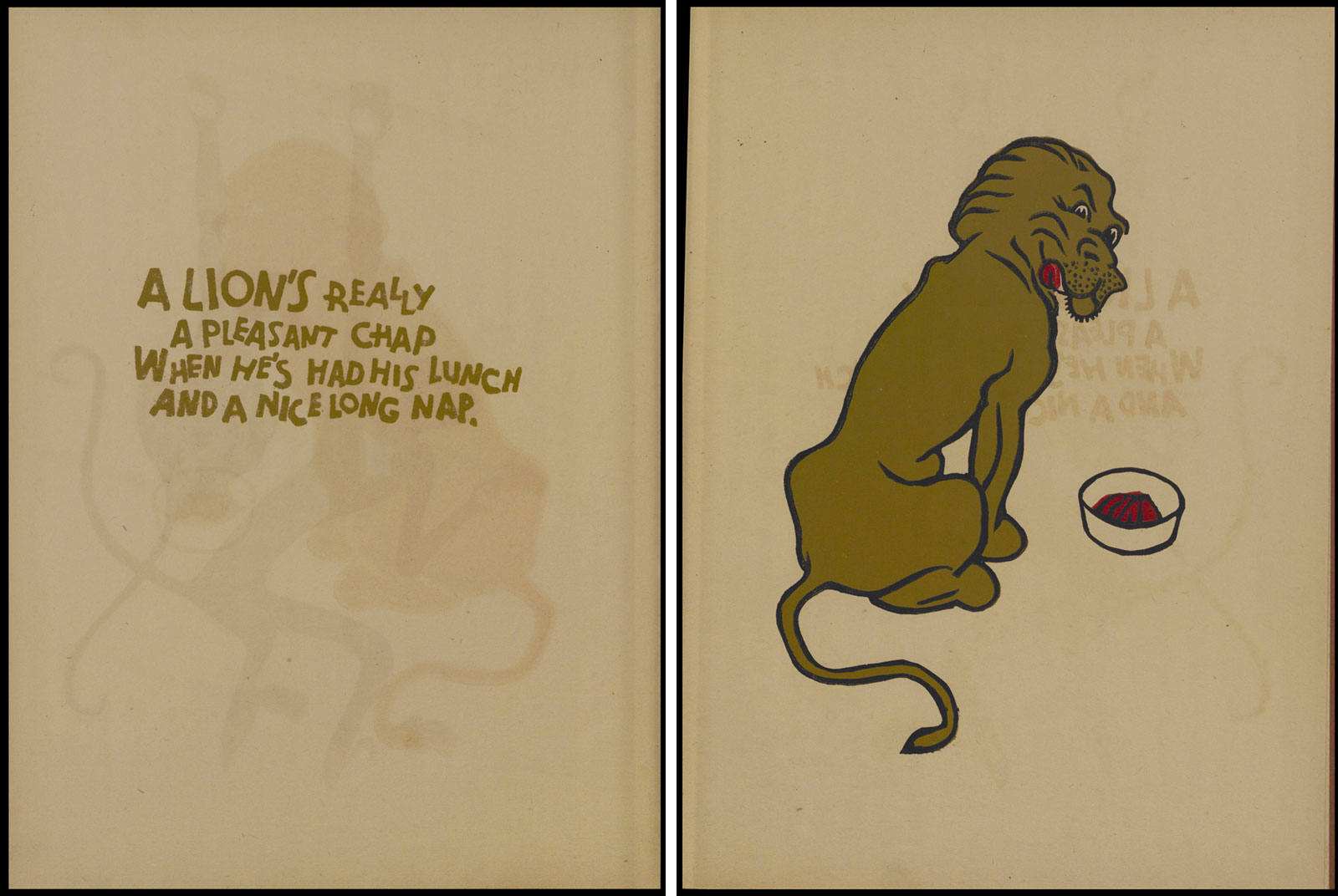
Textile block printing was another significant area of production. The demand for high-yardage printed textiles, initially crafted entirely by hand, grew to such an extent that a new press was developed specifically to manage these large-scale orders. Despite this advancement, most textiles continued to be meticulously printed by hand, maintaining the traditional and artisanal quality that the MHP was known for. A Wolfsonian collection MHP tapestry showcases the workers' block-printing skill. The tapestry depicts a pastoral scene of three women, goats, and doves, a combination found across several MHP tapestry designs, contained within a decorative border.
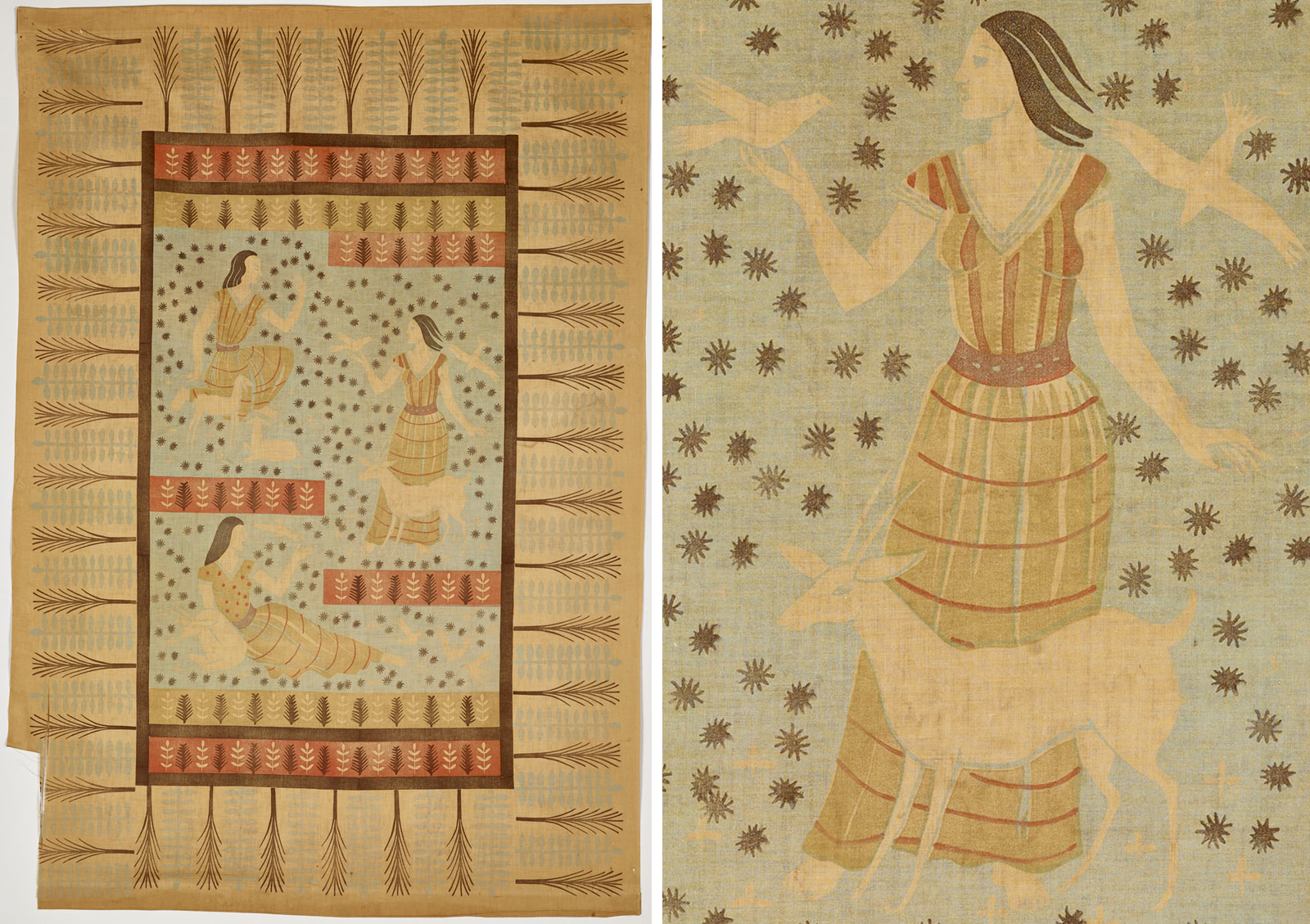
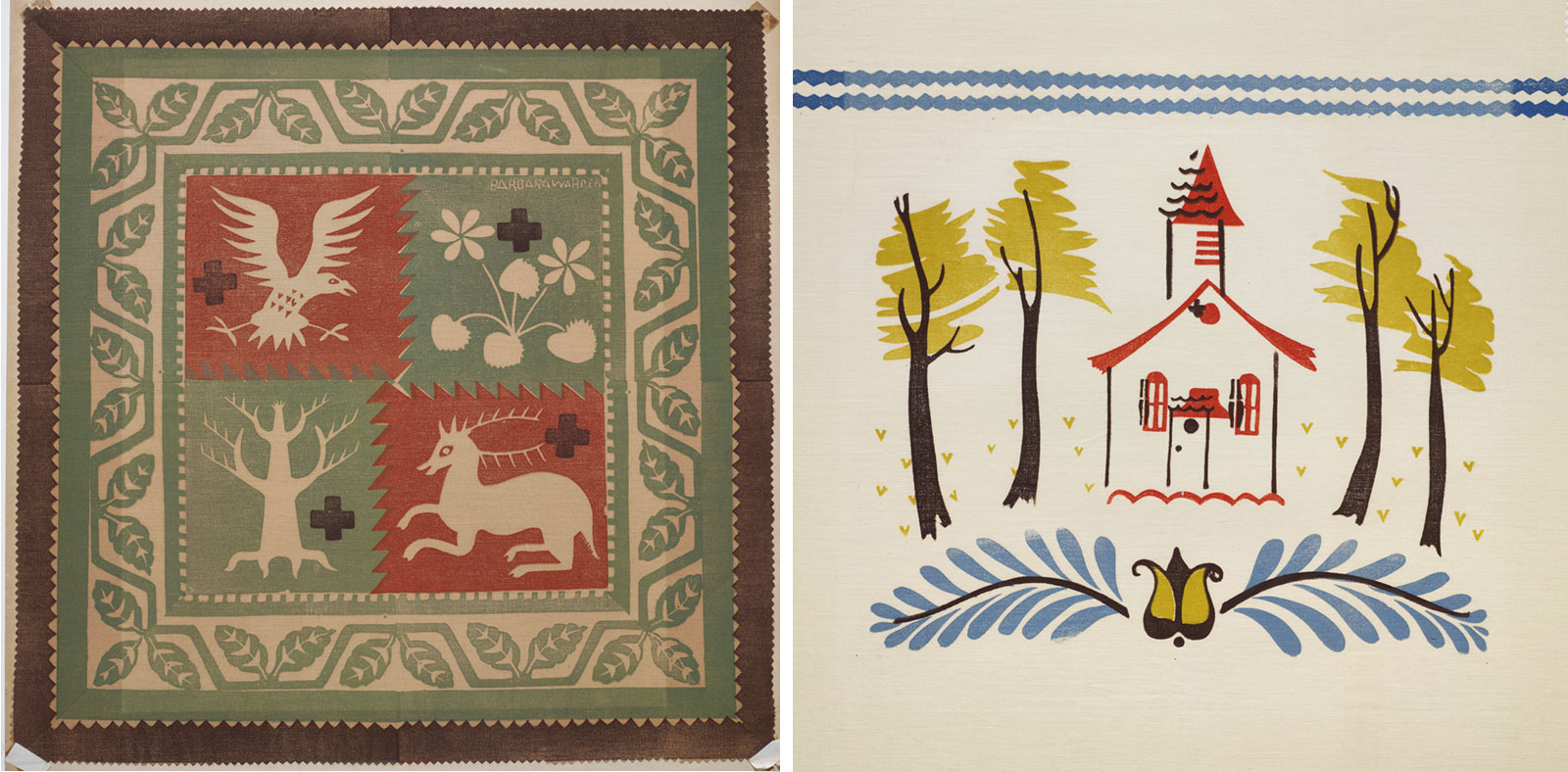
Toy making was a cherished facet of the MHP. Artisans wished to foster a connection between art, play, and community, and strove to nurture creativity from an early age. Seen as more than just functional objects to occupy children, toys made for classrooms and nurseries—ranging from carved wooden figurines to intricately stitched dolls—carried deeper significance by enhancing sensory development, stimulating imagination, and promoting cultural appreciation. In keeping with its trademark dedication to craft, the MHP also considered quality, tactile appeal, and practicality, such as in a Wolfsonian collection toy town, which has a simple wooden design to eliminate concern for any small breakable parts. The MHP's toy division brought joy and delight to countless children during the challenging times of the Great Depression; WPA nurseries in Wisconsin, Iowa, and Kansas were all outfitted with MHP toys, with orders from kindergarten teachers coming from all over the country.
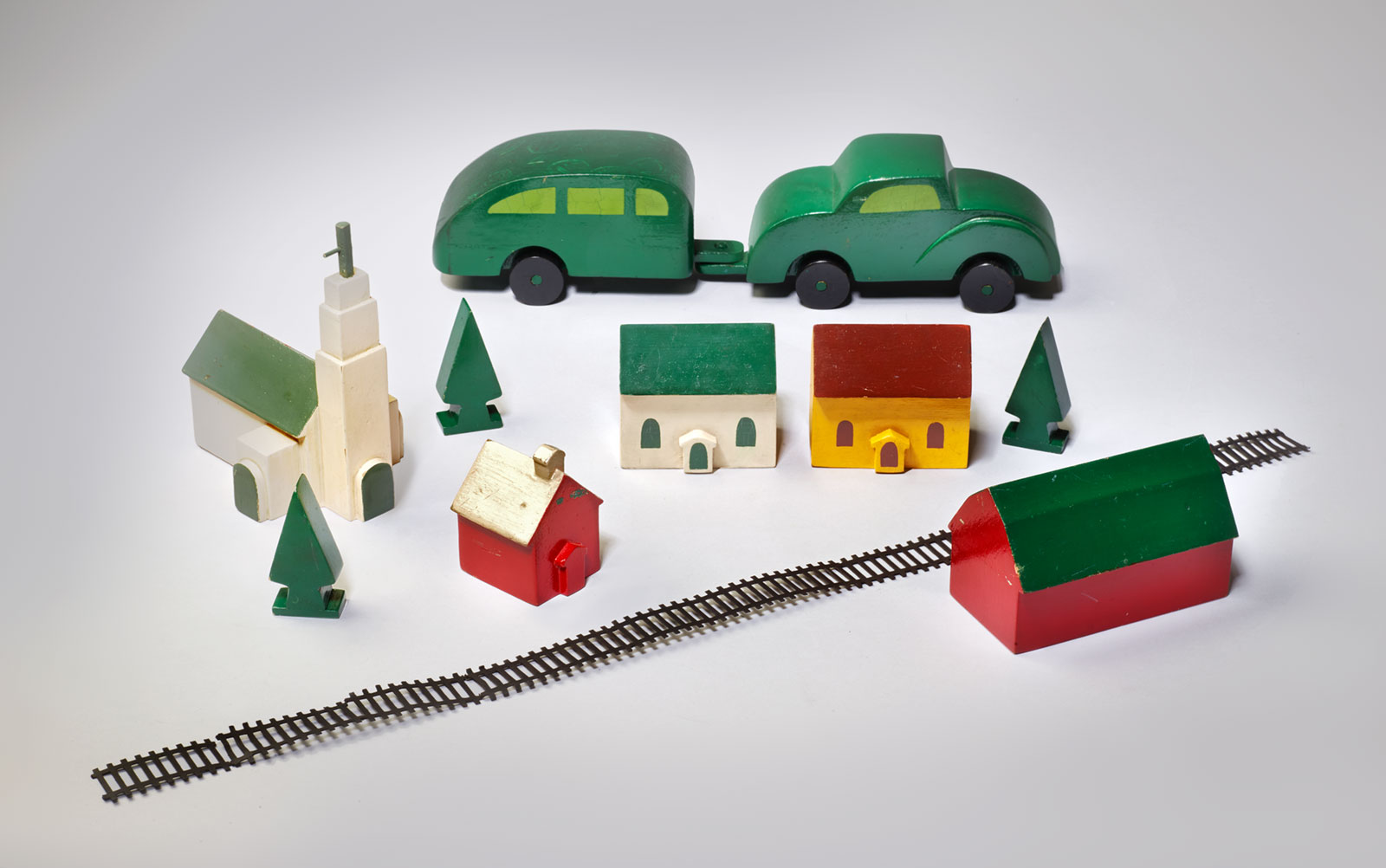
Unique among WPA projects, the MHP embraced women of all nationalities, ages, educational backgrounds, and social strata. The project initially included a group of 300 African American workers who were segregated from their peers in their own designated workspace. Mary Kellogg Rice states in her book detailing the history of the MHP, "The idea that race should determine where and when one worked offended our sense of fairness." The segregation was swiftly dismantled, and women of all races worked side-by-side. At the height of its operation, the MHP employed 1,350 workers, including some men who were brought in to serve as foreman-designers and as carpenters.
Despite local and national attention, the Second World War marked a decisive turning point for the MHP. In December of 1941, the WPA shifted focus to national defense efforts, and just a year later, the MHP officially concluded as a WPA initiative. However, a scaled-down version of the project continued to receive funding from Milwaukee County and persisted into the 1960s. During its seven-year run, the WPA-run MHP employed 5,000 individuals, providing women with new skills, employment opportunities beyond the WPA, and a renewed sense of confidence. Through the objects MHP artisans left behind—many crafted so well that they were still in use decades later—we are able to study and celebrate the MHP's enduring impact on craftsmanship and women's empowerment, in Milwaukee and beyond.
The Wolfsonian–FIU gratefully acknowledges the Milwaukee Public Museum (MPM), home to one of the most extensive collections of Milwaukee Handicraft Project material, for sharing its expertise on MHP history. Their team's exhaustive research heavily informed the interpretation of Wolfsonian MHP holdings, and MPM collection photographs helped illustrate our write-up here. More on the MPM archive and an article by Jacqueline M. Schweitzer, Chester Read Curator of History Collections, can be found on MPM's site.
All works from The Wolfsonian–FIU, The Mitchell Wolfson, Jr. Collection of Decorative and Propaganda Arts, Promised Gift, unless otherwise noted.
